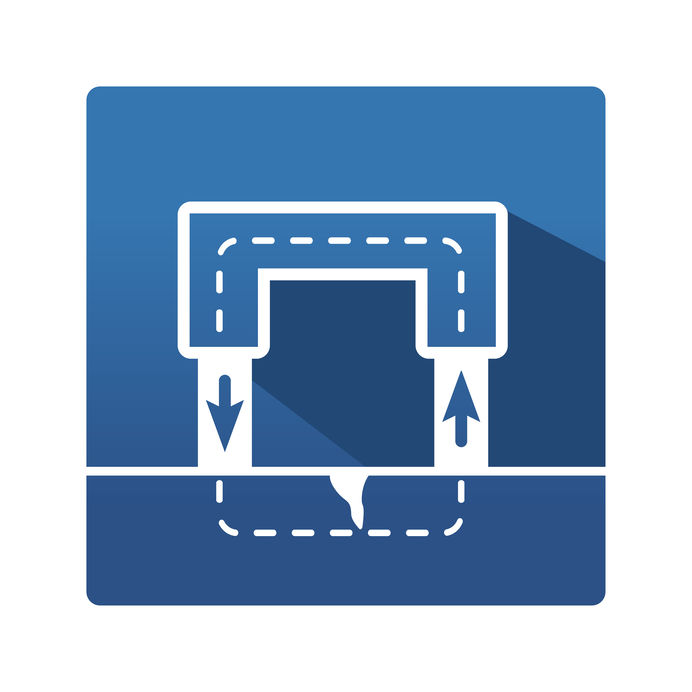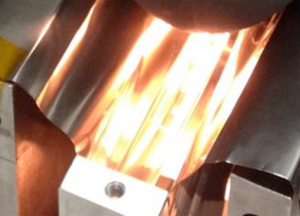
ARkival measures the coercivity of magnetic material from a magnetic hysteresis loop measured with a vibrating-sample magnetometer (VSM). Coercivity is measured and reported in Oersted or ampere/meter units and denoted by Hc in the Hysteresis loop. In the VSM measurement, the coercivity Hc is measured by applying a (reverse) magnetic field to reduce the sample magnetization to zero after the samples has been magnetized to saturation. Coercivity is defined from a Hysteresis loop at the point where H Field has a value at “0”. Ferromagnetic materials with high coercivity are called magnetically hard, and materials with low coercivity are said to be magnetically soft.


